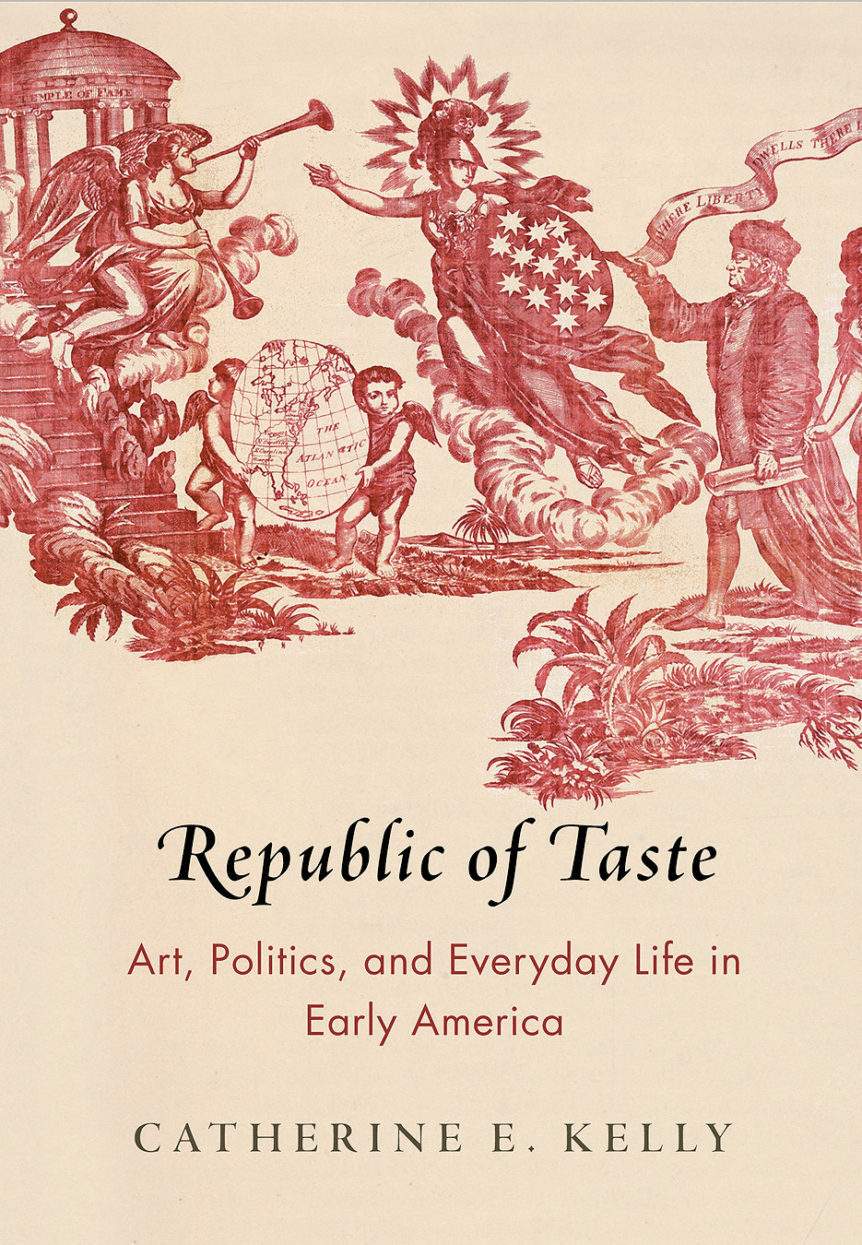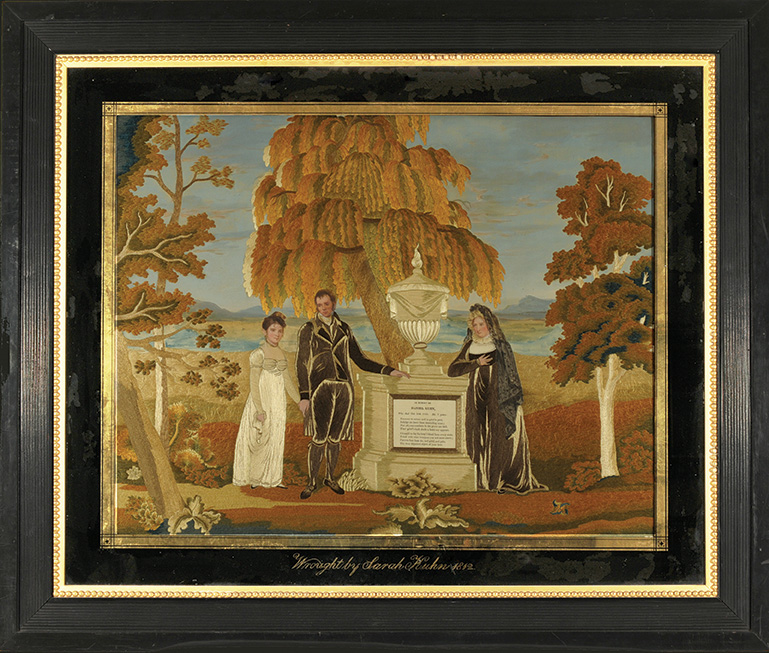Artists and writers in eighteenth-century America, eager to craft a democratic culture distinct from that of Europe, but nonetheless notable for its refinement, elevated the idea of “taste” as an index of character and national virtue. This was not a populist project, but it reached into everyday life through the efforts of the people Catherine Kelly calls “aesthetic entrepreneurs,” who painted portraits, disseminated prints, opened museums, and produced banners and memorabilia to draw the multitudes into a patriotic festival of right-minded taste.
Mourning Becomes Them: The death of children in nineteenth-century American art
“In the midst of life we are in death” These familiar words, which marched across sermons and samplers alike in the early decades of the American republic, surely resonated with sixteen-year-old Charlotte Sheldon in the summer of 1796. Sheldon was studying at Sarah Pierce’s Litchfield Female Academy when she heard the news: Polly Buel, another student, had died. Sheldon put down her studies …


